The Disability Insurance “trust gap” Part 1: Causes
Workers' Compensation Perspectives
AUGUST 27, 2023
[The following notes background and discussion points from a series of sessions Disability Management undergraduates completing a 4 th year course on Workplace Insurance and Benefits. Part 1 explores the reasons for the lack of trust in disability insurance. Skepticism and misconceptions about insurance are pervasive.

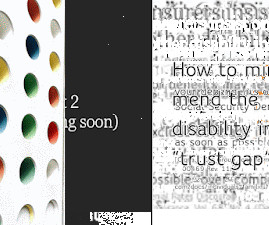
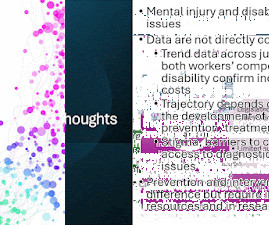

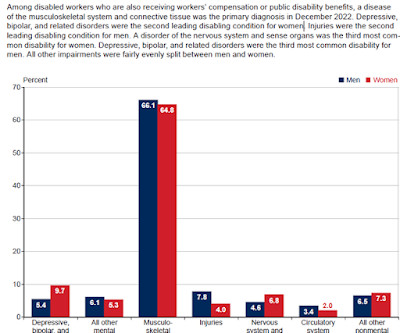
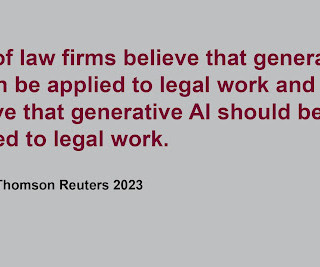

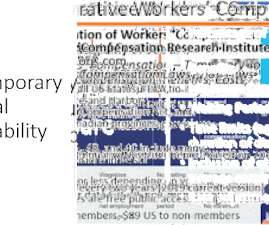



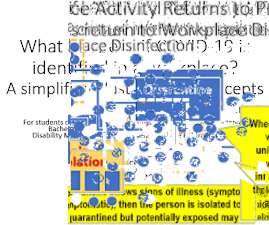

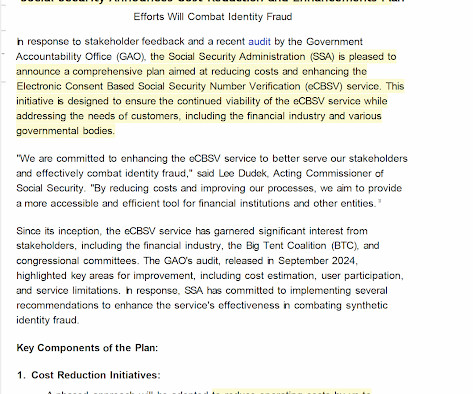






Let's personalize your content